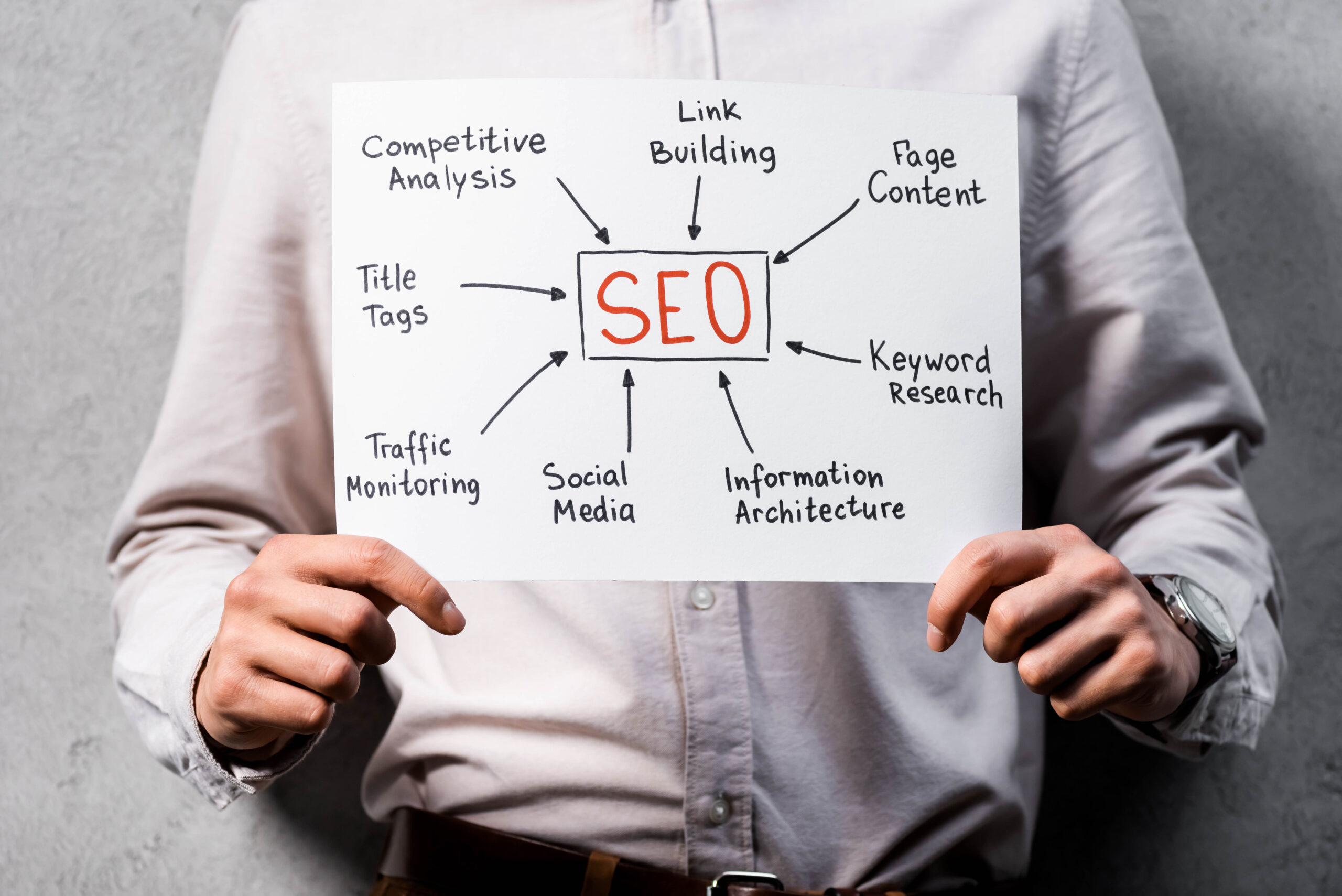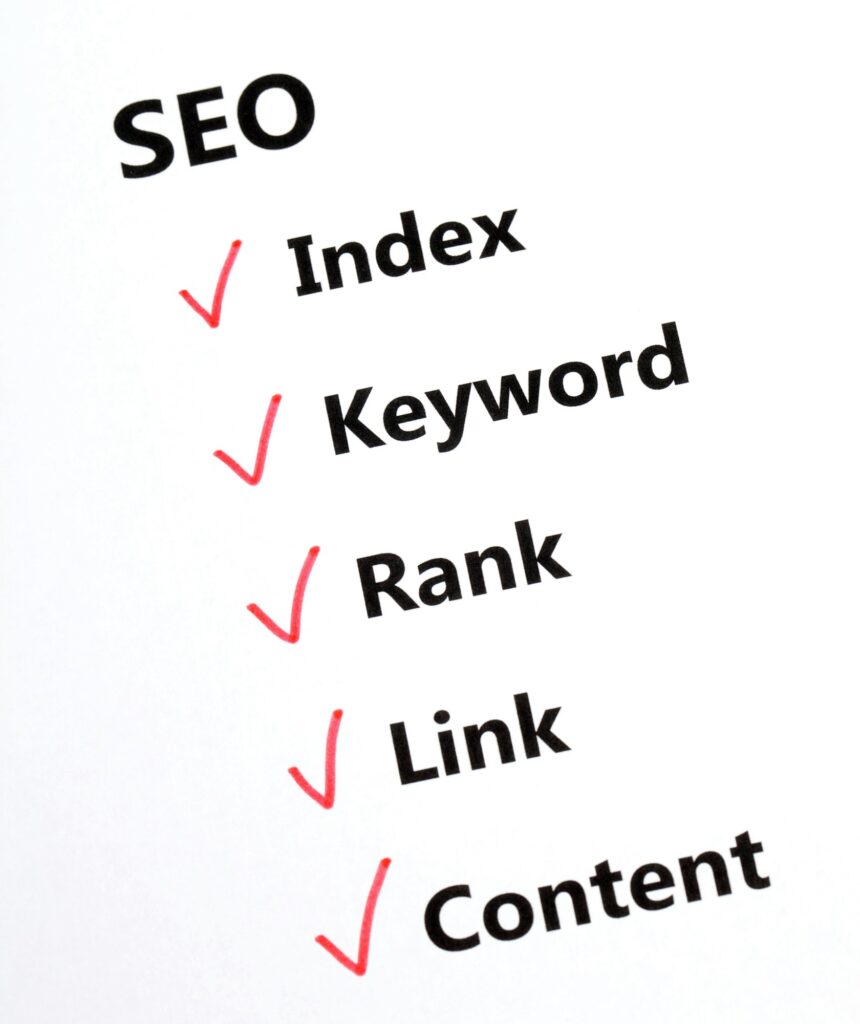Branding | Marketing | Advertising
Decoding Your Customer's Journey: Mapping the Path to Brand Loyalty for Your Target Audience
By: Steven Lockhart
Recent Blog
Want to use an Digital Markating
Lorem ipsum dolor sit amet, consectetur adipiscing elit. Ut elit tellus.

Connecting Your Target Audience With The Right Customer Journey
Imagine this: You’re scrolling through social media, double-tapping on envy-inducing vacation photos, when BAM! An ad pops up for the perfect travel backpack. It’s stylish, functional, and exactly what you need for your upcoming adventure. Intrigued, you click through to the brand’s website, learn more about the product, and – voila! – you’re a happy customer.
This, my friends, is the customer journey in action. It’s the ever-evolving path your ideal customer takes, from initial awareness to brand loyalty. Understanding this journey is the golden ticket to crafting a successful digital marketing strategy. So, grab a metaphorical cup of coffee, settle in, and let’s delve into the world of customer journeys and target audiences.
But First, Who Are You Targeting? (#TargetAudience)
Before we unpack the customer journey’s intricacies, let’s talk about your target audience. These are the ideal customers you envision using your product or service. Think of them as the stars of your digital marketing show.
Here’s the trick: Your target audience isn’t a generic blob of people. They’re individuals with specific demographics, needs, and pain points. To truly understand them, consider creating buyer personas. These detailed profiles paint a picture of your ideal customer, including their:
- Age and demographics
- Occupation and interests
- Online behavior and preferred channels (think social media platforms!)
- Challenges and pain points (what keeps them up at night?)
- Goals and aspirations (what are they hoping to achieve?)
By creating buyer personas, you gain valuable insights into how your target audience interacts with the online world. This knowledge becomes the foundation for mapping their customer journey.
Let's Map It Out: The Customer Journey in 3 Acts (#DigitalMarketing)


Act 1: Awareness - "Hey, What's That?"
The “Customer Journey” isn’t a straight line; it’s more like a captivating story with a beginning, middle, and end. Here’s a breakdown of the three key stages:
It all starts with awareness. This is where your target audience first encounters your brand. Maybe they stumble upon a social media post, see your ad during an online search, or hear a friend raving about your product.
The key here? Capturing their attention in a crowded online space. SEO (Search Engine Optimization) plays a crucial role in this act. Optimizing your website for relevant keywords ensures your target audience finds you during online searches. (Check out this article on SEO basics: https://moz.com/beginners-guide-to-seo/quick-start-guide)
Spark Curiosity: Once they notice you, pique their interest with compelling content. This could be blog posts that address their pain points, eye-catching infographics, or engaging social media content that sparks curiosity and encourages them to learn more.
“The important thing is not to stop questioning. Curiosity has its own reason for existing.” – Albert Einstein


Act 2: Consideration - "Is This Right for Me?"
Now that you’ve grabbed their attention, it’s time to nurture their interest. In this stage, your target audience is actively considering whether your product or service is the right fit.
Provide Valuable Content: Offer content that showcases the benefits of your offering. This could be product demos, customer testimonials, or in-depth blog posts that compare your product to competitors.
Address Concerns: Anticipate their questions and address them head-on. Clear and concise product descriptions, FAQs (Frequently Asked Questions) sections on your website, and responsive customer service can all ease their concerns and move them closer to a purchase.
“Doubt is not a pleasant condition, but certainty is absurd.” – Voltaire


Act 3: Decision & Delight - "Sold! (and Hooked!)"
This is where the magic happens – the conversion! Your target audience decides to become a customer.
Make it Easy to Buy: Your website should be user-friendly and have a clear and streamlined checkout process. Offer multiple payment options and clear return policies to minimize friction during purchase.
Nurture the Relationship: But the journey doesn’t end there! The key to brand loyalty lies in fostering a positive relationship with your customers. Personalized email marketing campaigns, exclusive offers, and engaging social media interactions can keep them coming back for more.
Remember: The customer journey is a continuous loop. By consistently analyzing your audience’s online behavior and iterating on your marketing strategy, you can keep your target audience engaged and turn them into loyal brand advocates.
“The only of us who are truly happy are those who have sought and found a way to serve.” – Albert Schweitzer

The Takeaway: Map Your Course to Success (#OnlineSearch)
Understanding your customer journey is like having a treasure map to online marketing success. By crafting a strategy that caters to each stage, you can guide your target audience from initial awareness all the way to brand loyalty. Here’s your action plan:
1. Define Your Target Audience: Invest time in creating detailed buyer personas. Talk to existing customers, conduct surveys, and analyze website traffic data to gain a comprehensive understanding of who you’re trying to reach.
2. Map the Stages: Visualize your customer journey. Sketch out the different stages (awareness, consideration, decision) and identify the touchpoints your target audience interacts with at each stage. Are they finding you through social media, online searches, or word-of-mouth recommendations?
3. Craft Compelling Content: Develop valuable and engaging content tailored to each stage of the journey. Create informative blog posts for the awareness stage, in-depth product comparisons for the consideration stage, and customer testimonial videos for the decision stage.
4. Optimize Your Digital Presence: Ensure your website is user-friendly and optimized for relevant search terms. Implement strong SEO practices to increase your online visibility and attract potential customers searching for solutions like yours.
5. Track & Analyze: Don’t operate in the dark! Regularly track key metrics like website traffic, conversion rates, and social media engagement. Analyze this data to understand what’s working and what needs improvement in your customer journey strategy.
Remember, the Customer Journey is a Dynamic, Evolving Process (And It Doesn't End With The Sale!)
As online behavior and preferences change, so too should your marketing strategy. By continuously monitoring and adapting your approach, you can ensure your brand remains relevant and continues to resonate with your target audience.
Ready to embark on your customer journey mapping adventure? There are a plethora of free and paid online tools available to help you visualize and analyze your customer’s path. Don’t be afraid to experiment and find what works best for your unique brand.
And hey, if you need a partner in navigating the complexities of digital marketing, we’re here to help! At Branding | Marketing | Advertising, we specialize in crafting data-driven marketing strategies that illuminate your customer journey and propel your brand towards success. Feel free to reach out and let’s chat about your target audience and how we can help you map the path to online domination!
10 Things to Consider When Mapping Your Customer Journey:
- Beyond Demographics: While demographics are important, delve deeper. Consider your target audience’s online behavior, preferred platforms, and content consumption habits. (https://xtensio.com/how-to-create-a-persona/)
- Omnichannel Experience: The journey isn’t linear. Customers bounce across devices and touchpoints. Ensure a seamless experience across your website, social media, email marketing, and offline interactions.
- Mobile-First Mindset: In today’s world, mobile reigns supreme. Optimize your website and content for mobile users to ensure a smooth journey on any device.
- The Power of Reviews: Online reviews hold immense sway. Monitor customer reviews across platforms and address any negative feedback promptly. Here’s a blog on the importance of online reputation management: https://www.searchenginejournal.com/search-engine-reputation-management-se-ranking/280511/
5. Content is King (and Queen): High-quality content fuels every stage of the journey. Create informative blog posts, engaging social media content, and clear website copy that addresses your audience’s needs.
6. Frictionless Conversions: Make buying a breeze. Offer multiple payment options, have a streamlined checkout process, and ensure clear return policies to minimize purchase friction.
7.Personalization Power: Consumers crave personalization. Utilize website personalization tools and targeted email marketing campaigns to tailor the experience based on individual preferences and browsing behavior. (https://www.salesforce.com/products/marketing-personalization/)
8. Embrace User-Generated Content (UGC): Encourage customer reviews, social media posts, and brand mentions. UGC builds trust and adds authenticity to your brand story.
9. Data-Driven Decisions: Don’t guess! Track key metrics like website traffic, conversion rates, and social media engagement to understand what resonates and what needs tweaking.
10.The Journey Never Ends: The customer journey is a continuous loop. By analyzing data and adapting your strategy, you can keep your audience engaged and foster brand loyalty.
Frequently Asked Question
The customer journey maps the steps a potential customer takes, from initial awareness of your brand to ultimately becoming a loyal customer (or advocate). Understanding this journey allows you to target them with the right message at the right time, increasing your chances of conversion.
Absolutely! Even local businesses need a customer journey strategy. Understanding how local customers find you online (think Google My Business listings!) and tailoring your marketing efforts accordingly is essential for attracting local customers.
The customer journey can be broken down into three main stages: Awareness (discovering your brand), Consideration (learning about your products/services), and Decision (choosing you over competitors).
Digital marketing offers a toolbox for each stage! Use SEO and social media ads to build awareness, create informative blog posts for the consideration stage, and offer targeted promotions to nudge customers towards a decision.
Many free or low-cost online tools can help you visualize your customer journey. Start by brainstorming how potential customers discover your business, what questions they might have, and what motivates them to choose you.
Absolutely! A digital marketing service can be a valuable partner. They can help you define your customer journey, develop targeted marketing campaigns across different stages, and track results for continuous improvement.







